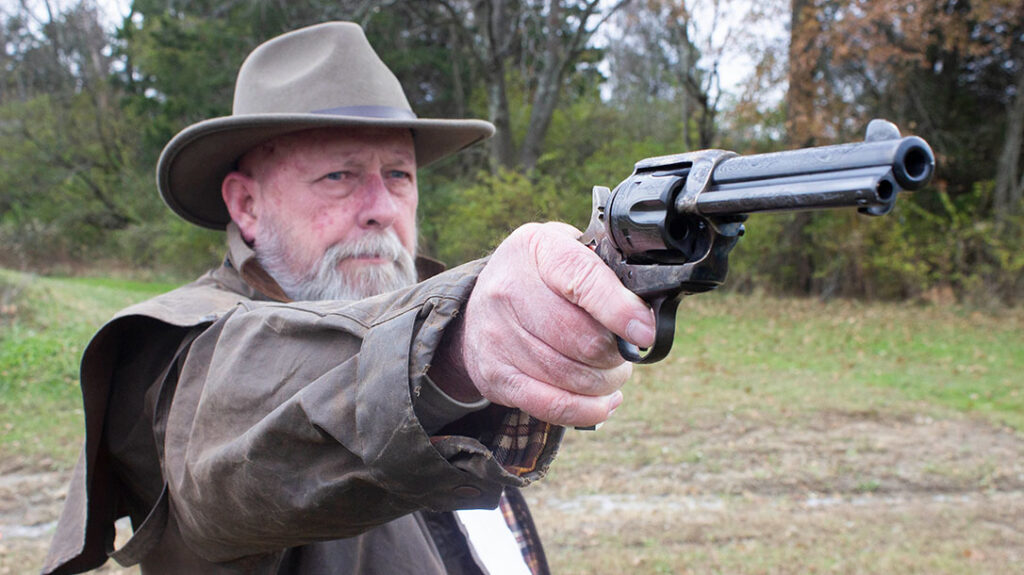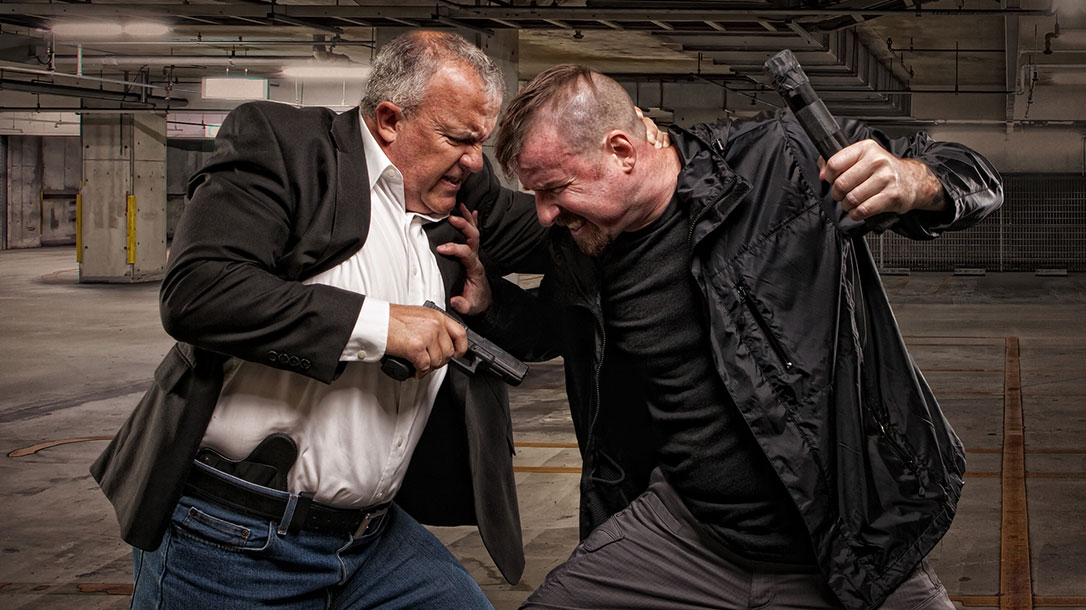A quick search online will lead you to countless trainers, books, and videos, all pushing their gunfighting methodologies. Some make the claim of being the “right” way while others are more flexible in their ideologies. The truth is, however, that there is not much new under the sun when it comes to gunfighting. While the budo of the bullet remains relatively unchanged, is there another way of addressing it?
Budo and Gunfighting
While there may be some technological variations, the craft of fighting with a weapon has a common string dating back tens of thousands of years. This is true because at the core of any fighting is a mindset. Many of the same principles embraced by ancient warriors still apply today. In many ways, those dedicated to personal and family protection are modern-day warriors.
With that in mind, there are some ancient lessons and principles that can be useful to people today. This piece will look at the principles followed by the Samurai and how they apply to today’s modern warrior.
Advertisement — Continue Reading Below
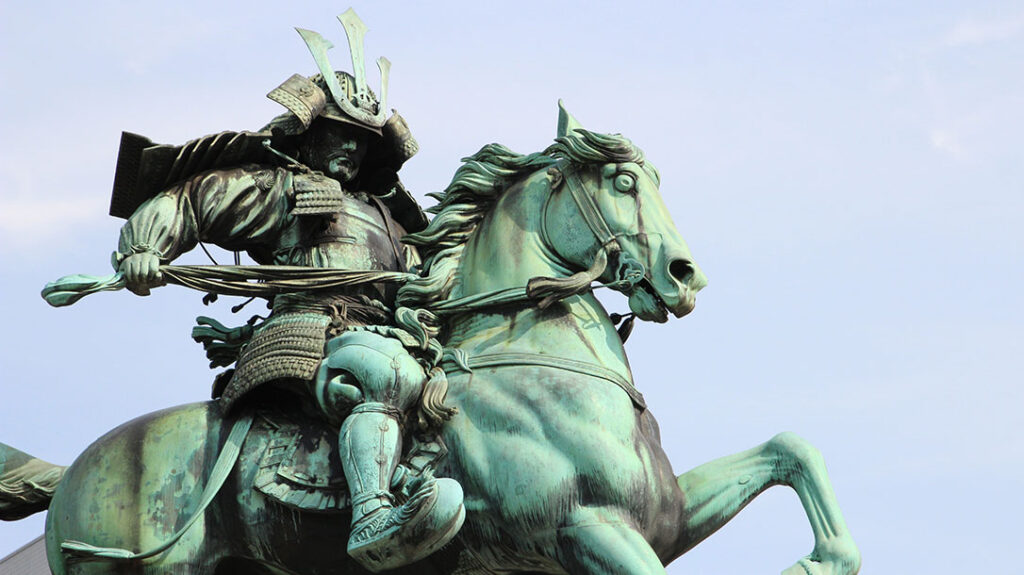
There are countless warrior cultures in human history. Few, however, have as much documented history as the Samurai of Japan. With a profound culture based on being a complete warrior, the writings of their time are powerful.
The Samurai were as focused on personal development as they were on their sword skills. In many ways, they were warrior philosophers who also offered insight into personal life.
Advertisement — Continue Reading Below
Some overlook these ancient philosophies as antiquated or purely sword-related. The truth is that these warrior principles apply as much to fighting with a rifle as they do to fighting with a sword.
Irimi: To Enter
One of the most profound principles is called irimi. A Japanese term, its’ literal translation is “to enter.” However, as with many languages, the translation into English misses the essence of the phrase.
It is more than just to enter into or get close to. Irimi means to enter without fear. To see the danger and act anyway. This is one of the most applicable principles we will talk about. Its’ applications in every corner of a warrior’s life are critical.
Advertisement — Continue Reading Below
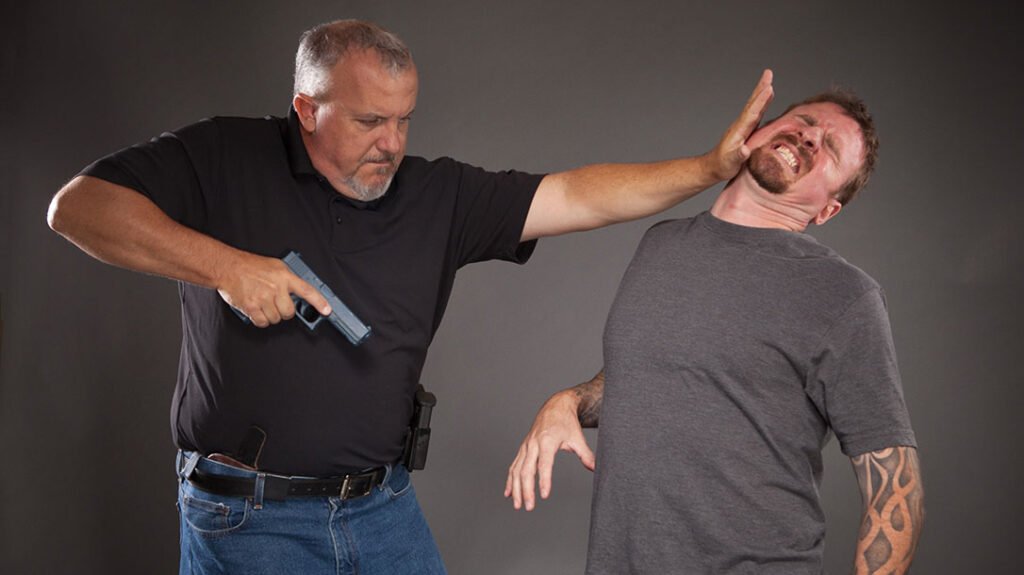
It is an ideal that encourages the warrior to do the heavy lifting that life requires. To make the decision and act at times when most will turn from the task. A warrior is never afraid of the realities of life and is at ease with facing them.
In an extremely practical sense, it means you act without hesitation. You acknowledge that the danger is real, yet you enter to engage the threat anyway. The applications to everyday life ring equally true.
Advertisement — Continue Reading Below
Dochu No Sei: Calmness in Action
Another philosophy that we see in the Samurai culture is dochu no sei. This translates to calmness in action. It is a key principle and reminds us that we must learn to maintain complete control over ourselves no matter what happens.
Like the eye of the hurricane, we must be calm in the center so that we can be efficient in whatever we do. Train yourself to be calm and collected in any situation so that you can make the right decisions and take the right action naturally. As a result, this will help you better control yourself under great stress.
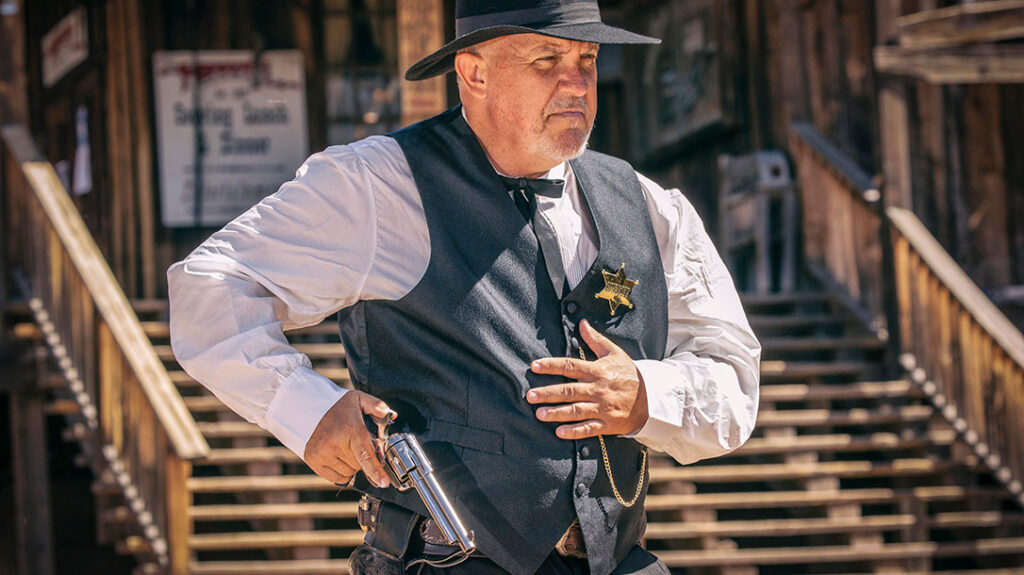
Advertisement — Continue Reading Below
An example of how this principle has followed warriors through time can be found in an interview with Wyatt Earp.
He stated, “When I say that I learned to take my time in a gunfight, I do not wish to be misunderstood, for the time to be taken was only that split fraction of a second that means the difference between deadly accuracy with a six-gun and a miss. It is hard to make this clear to a man who has never been in a gunfight.
“Perhaps I can best describe such time-taking as going into action with the greatest speed of which a man’s muscles are capable, but mentally unflustered by an urge to hurry or the need for complicated nervous and muscular actions which trick-shooting involves. Mentally deliberate, but muscularly faster than thought, is what I mean,” he concludes.
Advertisement — Continue Reading Below
In short, a calm mind was and still is considered essential.
Shodo-O-Seisu: To Control the First Move
Many of the principles we discuss are intertwined with others. An example of that is a concept called shodo-o-seisu. Shodo means “the first move”, and seisu means “to control.” Therefore, the entire term means “to control the first move.”
That shodo-o-seisu means to control the opponent before they control you is very easily misunderstood by many people. It means a great deal more than being the first to act. It requires that you maintain awareness of your environment and surroundings. Likewise, it also requires that you have the ability to utilize the principle irimi that we discussed earlier.
Advertisement — Continue Reading Below
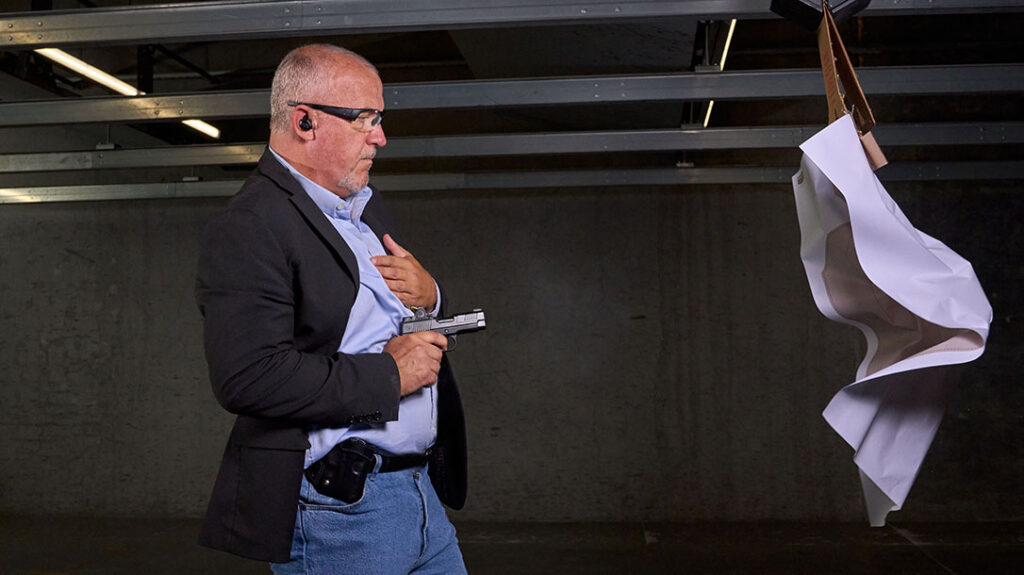
If danger arises, you must act immediately and without hesitation. You cannot let fear or internal dialogue cause you to pause in the critical moment. This is a major challenge for many people.
During after-action interviews, people shared the fact that they hesitated to act for a variety of reasons. Most say that they were in shock that the event was happening. This is seen quite often in physical conflicts where the physical assault was imminent, yet the victim hesitated when it occurred.
Advertisement — Continue Reading Below
In short, if you feel you are in physical danger, act.
Mushin: No Mind
Next, we look at specifically controlling our mental state. On this topic, we look at the principle of mushin. This is a term that translates literally as “no mind.”
Simply put, it is the state of mind that is devoid of attachments or thoughts that interrupt the flow of what’s going on. It is sometimes called a flow state or, in the medical profession, transient hypofrontality.
Mushin is achieved when a person’s mind is free from thoughts of anger, fear, or ego during combat or everyday life. There is an absence of discursive thought and judgment. So, the person is totally free to act and react toward an opponent without hesitation or disturbance from such thoughts.
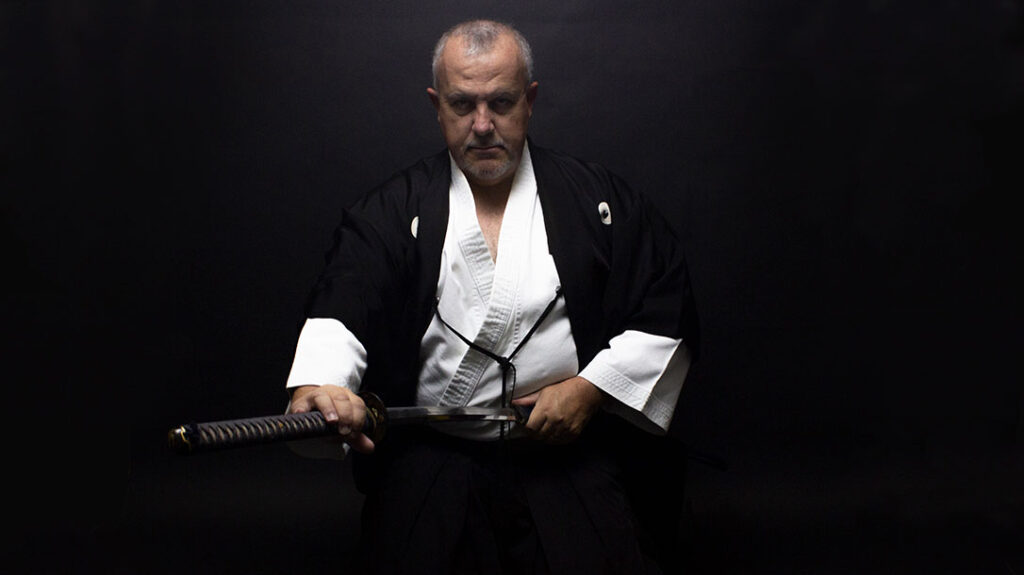
At this point, a person relies not on what they think should be the next move but what is their trained natural reaction, instinct, or what is felt intuitively. However, it is not a state of relaxed, near-sleep. The mind could be said to be working at a very high speed but with no intention, plan, or direction.
Some masters believe that mushin is the state where a person finally understands the uselessness of techniques and becomes truly free to move. In fact, those people will no longer even consider themselves as “fighters” but merely living beings moving through space.
Everyone has seen the film The Last Samurai. I am sure everyone remembers Tom Cruise’s character, Nathan Algren, being instructed by a samurai, Nobutada, during a practice match in the village.
After Algren is knocked to the ground, Nobutatda runs up and offers this suggestion in broken English, “Too many mind. Mind sword, mind people watch. Mind enemy. Too many mind. No mind.”
This applies to modern gunfighting. You cannot let your mind be filled with internal chatter and distraction.
Bushido: The Way of the Warrior
While each of these principles is important, there is one last philosophy that is all-encompassing—Bushido. Many people who have spent their lives around warrior culture are familiar with the Japanese term “Bushido.”
This word comes from a combination of two words: “bushi” and “do,” meaning “the way of the warrior.”
Like so many things drawn from other cultures, it has seen its’ share of misinterpretation. The most common is “the way of war.” This is far from reality. Yet some interpretations are clipped or morphed to fit an ideology.
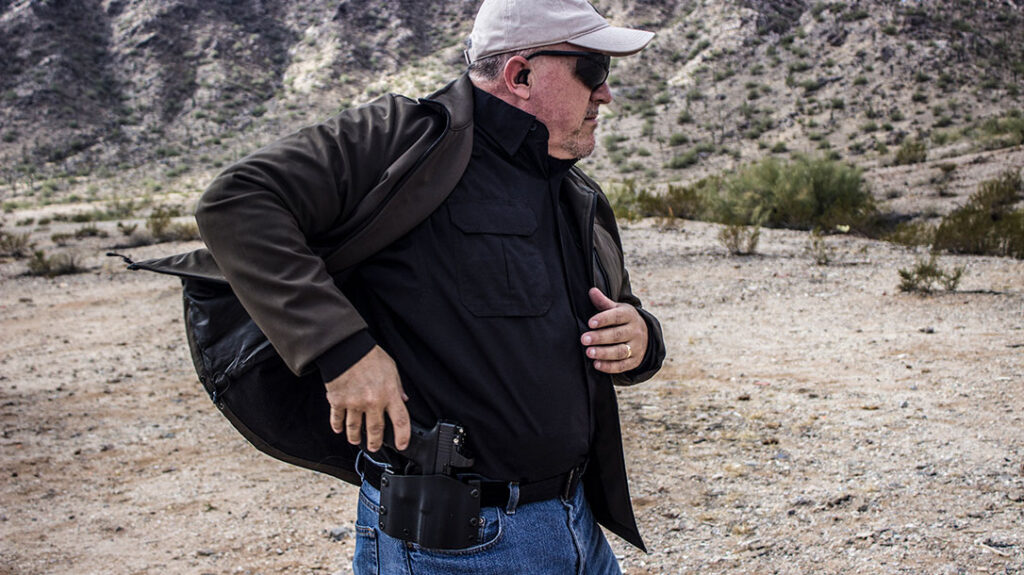
Bushido is one that sees this most commonly. An appreciation and respect for life were central to the idea of Bushido, as it added balance to their character. Samurai were often very stoic with a deep and strong philosophical passion. They could be lethal in combat yet gentle and compassionate with the weak.
Seven Virtues of Budo
As the Samurai culture evolved, a written code of conduct was created. These are now known as the Seven Virtues of Budo. The code was developed to guide young Samurai in their development and to act as a reminder to the older warriors.
The seven codes are as follows:
- Righteousness
- Loyalty
- Honor
- Respect
- Honesty
- Courage
- Consistency
Bushido is designed to be a daily plan of action and should be considered in every decision.
A well-known Samurai named Kato Kiyomasa stated it very well: “If a man does not investigate the matter of Bushido daily, it will be difficult for him to die a brave and manly death. Thus, it is essential to engrave this business of the warrior into one’s mind well.”
Bushido, for all intents and purposes, is the core of the warrior life.
To students of history, you will see commonalities in these principles in the Spartans, Maori, Mongols, and others. These principles are timeless and modern-day warriors would be well served to understand them in depth.
It is important to also know that the term Warrior is not the exclusive title of those in body armor. It is a mindset and lifestyle with the ability to apply these lessons to everyday life. Many warriors I have been blessed to know over the years are quite mild-mannered people.
A man by the name of Gary Hunter is the perfect example. He lived his life as a warrior without seeking fame or title. He is the perfect role model for those following the path.
As we started—while technology changes our gear, the warrior mind is the same across the ages.
